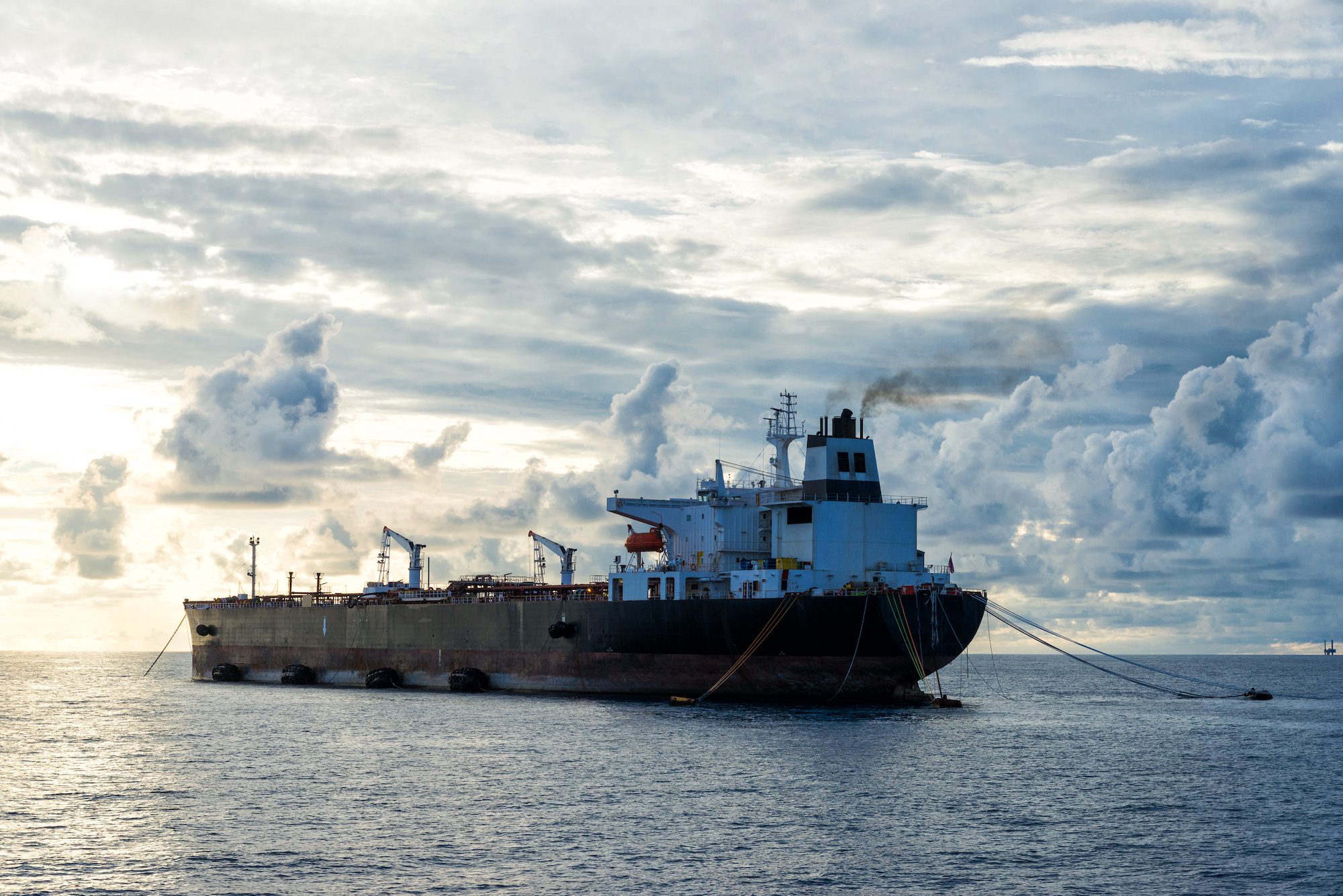By Ira Breskin
STAMFORD, CT — Shipping industry executives are considering options to address Trump administration policy changes, under consideration or enacted, that could significantly disrupt operations, speakers said here this week at the 40th annual Connecticut Maritime Association annual meeting.
Containership operators, for example, are weighing radical reconfiguration of ship schedules to avoid costly ship call-based port fees being considered by the Trump administration.
Should operators decide to reroute their vessels to major US “load center” ports, at the expense of smaller secondary ones, to reduce exposure to new fees, “it would absolutely crush us,” said Bethann Rooney, port director for the Port of New York and New Jersey. “We need to prepare to work effectively,” she said.
PONY/NJ is the busiest container port on the East Coast and among the busiest in the US.
The result “would be far worse than we saw on the West Coast during the (COVID-19) pandemic,” Rooney said during a presentation on Wednesday.
In early 2021, at the height of the pandemic, ports in San Pedro Bay experienced unprecedented congestion. Then, more than 100 ships sat at anchor awaiting an available berth at either the Port of Los Angeles or Long Beach, CA. San Pedro ports are the primary American gateway for imports from Asia.
Rerouting container ships to PONY/NJ from smaller East Coast ports would roughly double PONY/NJ container throughput to more than 16 million TEU containers annually, Rooney said.
Containership operators are considering major schedule adjustments to mitigate the impact of potential Trump administration-imposed port fees, as outlined in a recent memo from the US Trade Representative. Foreign-flagged ships calling at US ports would be subject to the fees, specific terms to be determined. The fees are sought to create an incentive to build and subsequently employ US-flagged commercial vessels.
Separately, three niche New England port operators are continuing to support building and maintenance operations at nearby wind farms that have operating permits. These ports are doing so following the Trump administration’s issuing of an Executive Order halting processing of permits to develop additional offshore wind farms in federal waters. (To offset any potential reduction in wind farm-related traffic, the three ports — located in New Bedford and Salem, MA and Quonset Point, RI — are working to attract heavy-lift and project cargo, representatives said at the conference.)
Schedule modifications, employed to reduce the impact of Trump-backed port fees, would significantly disrupt both liner or scheduled operations and services provided by ships under charter, other speakers said.
“Bifurcation of markets (tied to a two-tiered port market) would make shipping a lot more complex,” said Selena Challocombe, legal counsel for Intertanko, which represents independent tanker owners.
Drafting charter parties to mitigate the impact of the Trump administration’s proposed fees “is going to be complicated” because they are policy, not market-driven, said Michael Lund, who is chief operating officer for the Baltic and International Maritime Council, which provides many standard ship chartering contracts.
However, any resultant ship scheduling disruption may be short-lived, said Morten Arntzen, a senior advisor to Macquarie Bank. That is because Trump’s successor, when assuming office in January 2029, could overturn what industry executives warn would be a costly and disruptive requirement.
Ira Breskin is a senior lecturer at State University of New York Maritime College in the Bronx, NY and author of The Business of Shipping (9th edition, 2018), a primer that explains shipping economics, operations and regulations.

 Join The Club
Join The Club










